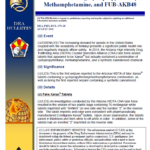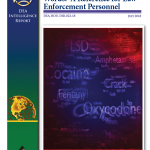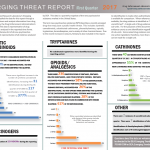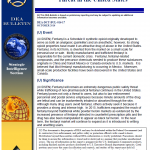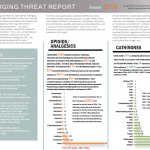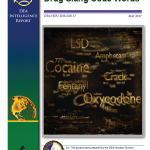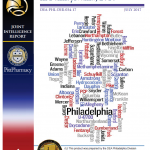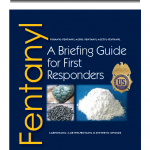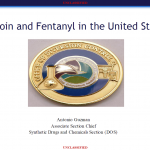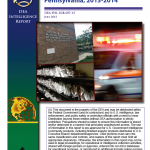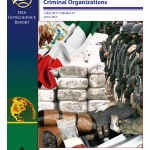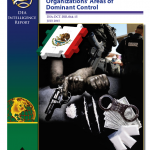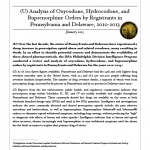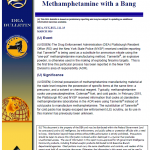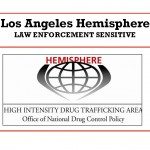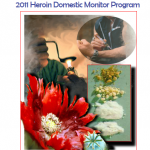Across the United States, synthetic stimulants that are sold as “bath salts” have become a serious drug abuse threat. These products are produced under a variety of faux brand names, and they are indirectly marketed as legal alternatives to cocaine, amphetamine, and Ecstasy (MDMA or 3,4-Methylenedioxymethamphetamine). Poison control centers nationwide have received hundreds of calls related to the side-effects of, and overdoses
from, the use of these potent and unpredictable products. Numerous media reports have cited bath salt stimulant overdose incidents that have resulted in emergency room visits, hospitalizations, and severe psychotic episodes, some of which, have led to violent outbursts, self-inflicted wounds, and even suicides. A number of states have imposed emergency measures to ban bath salt stimulant products (or the chemicals in them) including Florida, Louisiana, North Dakota, and West Virginia; and similar measures are pending in Hawaii, Kentucky, Michigan, and Mississippi. A prominent U.S. Senator has also recently proposed legislation that would ban the synthetic stimulant chemicals found in bath salt products at the federal level.
Read more →


